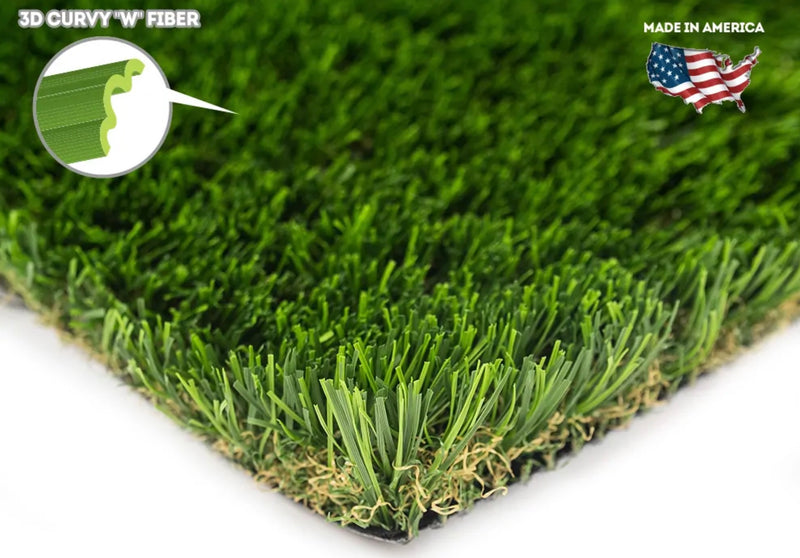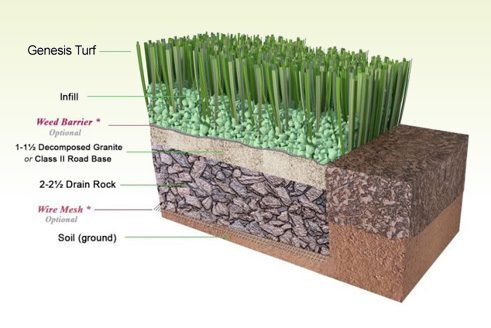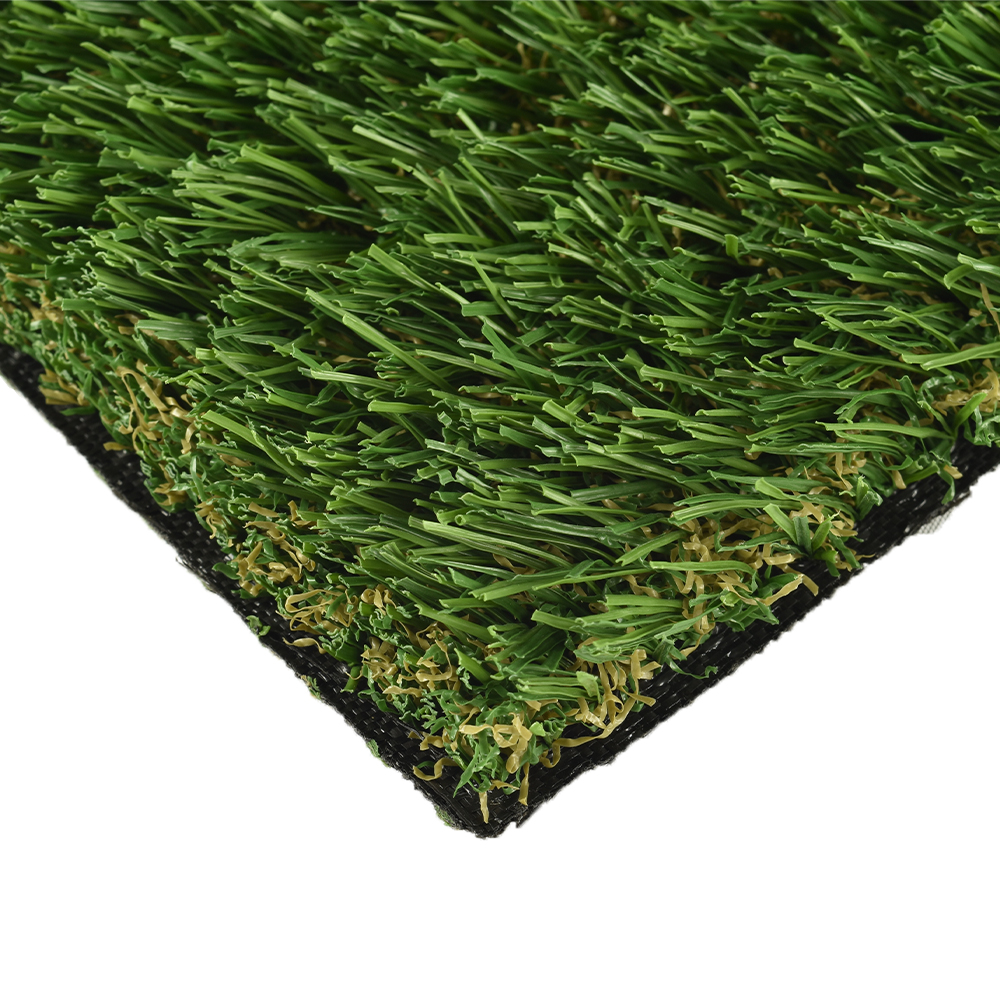Delve Into the Environmental Perks of Opting for Synthetic Grass Solutions
The adoption of artificial lawn services offers a compelling opportunity to deal with pressing environmental difficulties. By considerably minimizing water usage and reducing the application of damaging chemicals, these choices not only promote sustainable landscaping however additionally protect neighborhood ecosystems.
Water Preservation Benefits
One of one of the most significant advantages of synthetic grass is its capacity to preserve water. Conventional grass lawns require substantial watering, especially in areas prone to dry spell or water constraints. In contrast, synthetic grass does not need watering, dramatically lowering the general need for water sources. This feature is specifically helpful in arid areas where water shortage is a pressing problem.
By getting rid of the need for routine watering, fabricated turf adds to lasting landscape practices and assists reduce the ecological impact of extreme water intake. Additionally, the preservation of water reaches the decrease of runoff, which can result in dirt erosion and waterway contamination.
Furthermore, the installment of synthetic grass enables homeowners and communities to allocate water resources extra successfully, concentrating on important uses such as drinking water and farming. The change in the direction of synthetic grass not only advertises accountable water use but likewise lines up with broader ecological goals focused on protecting natural deposits.
As neighborhoods increasingly prioritize sustainability, the water preservation benefits of artificial lawn offer a compelling case for its fostering in domestic and industrial landscaping jobs.
Decreased Chemical Use
The shift to artificial lawn dramatically lowers the dependence on chemical therapies frequently made use of in all-natural turf maintenance. Standard grass monitoring generally entails the application of herbicides, plant foods, and chemicals to promote growth and control pests. These chemicals can pose risks to human wellness, neighborhood wildlife, and the environment, adding to dirt and water contamination.
In comparison, fabricated turf removes the need for these unsafe substances. Once installed, it needs marginal maintenance, mainly containing routine cleansing and irregular infill replenishment. This reduction in chemical usage not only profits the prompt environment however likewise contributes to broader ecological security. By decreasing the release of synthetic compounds into the community, synthetic grass promotes healthier soil and water systems.
Furthermore, the absence of chemical runoff connected with synthetic grass setups aids protect regional waterways from air pollution, sustaining aquatic life and maintaining biodiversity. Arizona turf. As areas significantly focus on sustainable techniques, selecting artificial lawn provides a viable service that lines up with ecological conservation objectives. Via this change, homeowner can enjoy lavish green spaces without jeopardizing eco-friendly wellness, leading the method for an extra lasting future
Lower Carbon Impact

Additionally, the installment of synthetic lawn can result in significant water preservation. Natural lawns call for significant amounts of water for watering, which not just includes to the carbon impact linked with water removal and treatment but likewise strains local water sources. On the other hand, synthetic grass requires minimal maintenance, requiring no watering, thus dramatically decreasing water use and its associated energy prices.
In addition, the longevity of synthetic grass adds to its decreased carbon effect. With a life-span of approximately 15 years or more, the requirement for frequent substitutes is decreased, leading to much less waste and lower power usage in production and getting rid of typical turf options. In general, artificial grass offers a sustainable choice for eco mindful landscaping.
Environment Preservation
Environment preservation is a use this link vital factor to consider in the dispute over landscape design choices, specifically when contrasting synthetic grass to all-natural yard. Natural lawn yards usually need comprehensive upkeep, including making use of chemicals, herbicides, and fertilizers, which can adversely influence regional communities. These chemicals can seep into the soil and waterways, damaging native flora and fauna and disrupting local environments.
Fabricated turf eliminates the demand for damaging chemicals, thus securing neighboring wildlife and preserving the honesty of surrounding ecosystems. The installation of synthetic grass can lead to the conversion of former lawn locations right into even more biodiverse landscapes, such as pollinator yards or indigenous plant areas, which can sustain local wild animals.
Ultimately, the transition to synthetic grass not only saves water and reduces maintenance initiatives yet likewise promotes a much more harmonious partnership between human tasks and the natural atmosphere, promoting environment conservation in the process.
Long-Term Sustainability
Lasting sustainability is a critical consider examining the advantages of synthetic grass over traditional turf lawns. Among the most considerable benefits of synthetic turf is its longevity; it can last try this site as much as 15-20 years with minimal upkeep, whereas all-natural lawn needs regular reseeding and substitute. This long life decreases the need for consistent sources, such as water, plant foods, and chemicals, which are important for keeping a healthy yard yard.
In addition, synthetic grass adds to a decrease in carbon exhausts connected with lawn care equipment. Typical grass frequently need gas-powered mowers, leaners, and blowers, every one of which add to air pollution. Arizona artificial turf. On the other hand, synthetic grass gets rid of the requirement for such equipment, promoting a cleaner setting
Additionally, the production of fabricated turf progressively utilizes recycled materials, improving its sustainability account. As suppliers adopt environmentally friendly techniques, the ecological footprint of fabricated turf remains to reduce.

Final Thought
The adoption of man-made turf services presents significant environmental advantages, consisting of substantial water preservation, minimized reliance on hazardous chemicals, and a reduced carbon footprint. Furthermore, synthetic grass help in protecting natural habitats by lessening land disturbance and promoting long-term sustainability with making use of long lasting materials. Jointly, these aspects underscore the capacity of man-made grass to contribute positively to ecological health and wellness and supply a feasible choice to typical landscape design methods in a significantly resource-conscious globe.
In contrast, synthetic turf does not require watering, dramatically minimizing the total demand for water sources. By decreasing the release of artificial substances into the ecological community, fabricated lawn advertises healthier soil and water systems.
In addition, the setup of artificial grass can result in significant water conservation. In comparison, man-made lawn needs additional hints very little upkeep, requiring no watering, thus significantly lowering water use and its associated power expenses.
